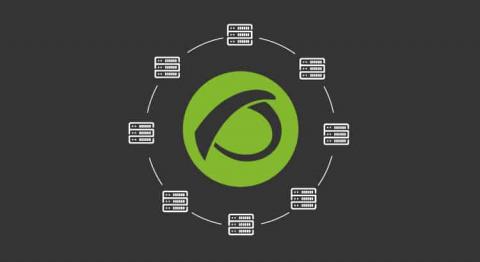Operations | Monitoring | ITSM | DevOps | Cloud
Latest News
Managing Remote Teams: 3 Steps to Success
At times, directing projects in multiple locales from a desktop or laptop feels like conducting an orchestra in the dark. Coordinating with diverse, remote teams of developers producing software on an agile schedule of continual updates and releases can be especially nerve-wracking. At Sleuth, we’re crushing the remote-work challenge because, in 20 years of managing from afar, we’ve learned a thing or two — actually three — about how to do it right.
Tips for Updating Your Cybersecurity Plan
How PagerDuty and Slack Empower the "Work Where You Are" Mindset
Our reliance on digital services continues to be heightened by the ongoing COVID-19 pandemic. For work, school, and play, digital remains the primary channel. This puts huge pressure on ITOps and DevOps teams, making it critical that they can collaborate easily to resolve incidents rapidly. Many modern ITOps and DevOps teams rely on one of PagerDuty’s key integration partners, Slack, to meet this need.
10 Reasons Network Monitor Software is a Must
Ever since the 1980s, network monitoring systems have been in place for companies that rely on computer networks to perform their daily operations. Since their implementation, they’ve undergone drastic changes and now, provide IT teams with incredible tools to ensure best practices for everything from servers to application performance.
Splunk Mobile Update: MDM Support for Microsoft Intune
In May, we announced new updates across the Splunk Connected Experiences portfolio, including support for many popular mobile device management (MDM) providers. With support for MDM capabilities, our customers can securely deploy Splunk Mobile at scale. Today, we are excited to share that Splunk Mobile now supports another popular Mobile Device Management (MDM) provider: Microsoft Intune. You can manage Splunk Mobile on both iOS and Android devices through Microsoft Intune.
Manage Splunk On-Call Using Terraform
HashiCorp’s Terraform has emerged as a powerful tool for managing infrastructure as code. Teams can fully describe an application’s infrastructure needs such as physical machines, VMs, containers and more using configuration files. This allows the application infrastructure to be version controlled, reducing human errors during deployments.
Cloud Analyzer and Cloud Manager integration
Cloud Manager allows NetApp users to manage, monitor, automate and optimize their data storage in the public cloud as well as in hybrid environments.
8 Leaps To Leader in the 2020 Gartner Magic Quadrant for ITSM Tools Report
This year Ivanti was placed in the Leader quadrant in the 2020 Gartner Magic Quadrant for ITSM Tools report. After a long and tough journey moving from Niche, to Innovator, to Challenger, we made it to the quadrant that is magic: the Leader quadrant. Obviously we’re thrilled. Having reached this point, I thought I would spend time here explaining what the MQ really means and why Ivanti’s move to Leader is so significant. (Disclaimer: this is not a Gartner authored article.
Five worthy reads: Preparing an incident response plan for the pandemic and beyond
Five worthy reads is a regular column on five noteworthy items we’ve discovered while researching trending and timeless topics. With the rising concern over cyberattacks in the distributed workforce, this week we explore the concept of cybersecurity incident response during a pandemic.










